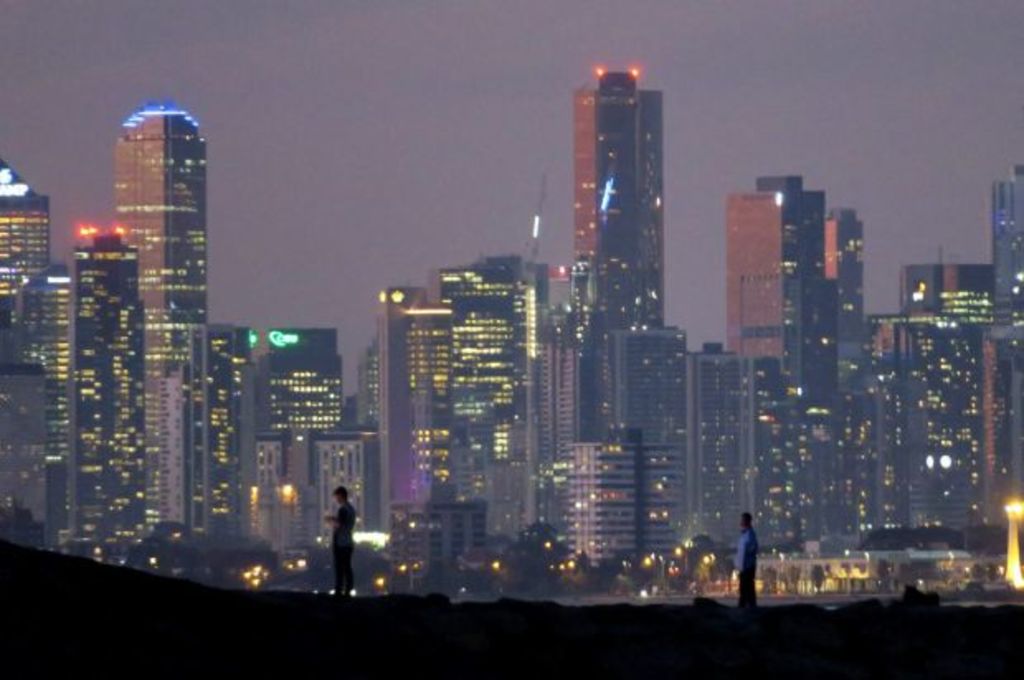Skyscrapers not being built for the cities they're in, experts say

Cities around the world are beginning to look the same as similar skyscrapers sprout up across skylines, experts warn.
Cookie-cutter tall buildings with glass facades are dominating cities, with developers driven more by the desire to maximise profits than a need to shape skyscrapers to their surroundings.
“What concerns me about tall buildings … is that cities are just becoming homogenised,” said Antony Wood, executive director of the Council on Tall Buildings and Urban Habitat (CTBUH).
Dr Wood, a research professor in the college of architecture at the Illinois Institute of Technology, said developers no longer placed the same emphasis on local conditions as they once did.
“The reason [architecture evolved as it did in different areas] is usually back to a set of very practical considerations; climatic, cultural, social, physical,” he said during a panel discussion at the recent CTBUH’s Connecting the City Conference. “I think this is something we need to go back to.”
Dr Wood said it was time developers looked beyond the structures they were building and took on more responsibility for the urban environment they affected.
He pointed to Tokyo’s NBF Osaki Building, an old glass tower wrapped in a system of ceramic pipes – or BioSkin – over the facade that absorbs and evaporates heat.
“This building is starting to tackle problems of the urban heat environment effect,” he said.
Related: High-density ‘more harmful than suburban sprawl’
Related: Sydney ‘falling behind the competition
Related: The key to mega-city survival
Dr Wood said the “urban chandelier” at Sydney’s Central Park development, designed to moderate light flowing into its public space, was an example of how tall buildings could be designed for the space they inhabit – in this case, by better controlling the passage of light through the city.
He added the example of Tokyo’s Pasona Headquarters, which houses an urban farm complete with rice paddies, to highlight how buildings could help facilitate self-sustaining communities.
Holding cities back was the industry’s limited ability to look beyond the standard model for tall buildings, the central core model seen in many tower blocks, said architect Ivan Harbour, a senior partner at Rogers Stirk Harbour + Partners.
“It maximises profits but at what cost,” he said, and noted that it had contributed to architects’ ever diminishing role in helping to shape cities.
“At worst it’s turned us into formalists, dealing with a wafer thin veneer that is required to make our buildings stand out from the rest,” he said.
Mr Harbour added there was little point creating iconic, unique buildings, if they didn’t account for the context and impact they would have on the city.
“All buildings have a duty to make a positive contribution to the public realm,” he said.
With more than 1300 buildings across the world now taller than 200 metres high, Dr Wood said it was vital to contemplate the lasting impact of high-rises.
“We’re building these towers all around the world without any real thought about how long they are going to be around for or what happens if or when they come to the end of their life,” he said.
He said the tallest building demolished to date was New York’s Singer Building, a 187-metre building knocked down in 1968.
We recommend
We thought you might like
States
Capital Cities
Capital Cities - Rentals
Popular Areas
Allhomes
More







